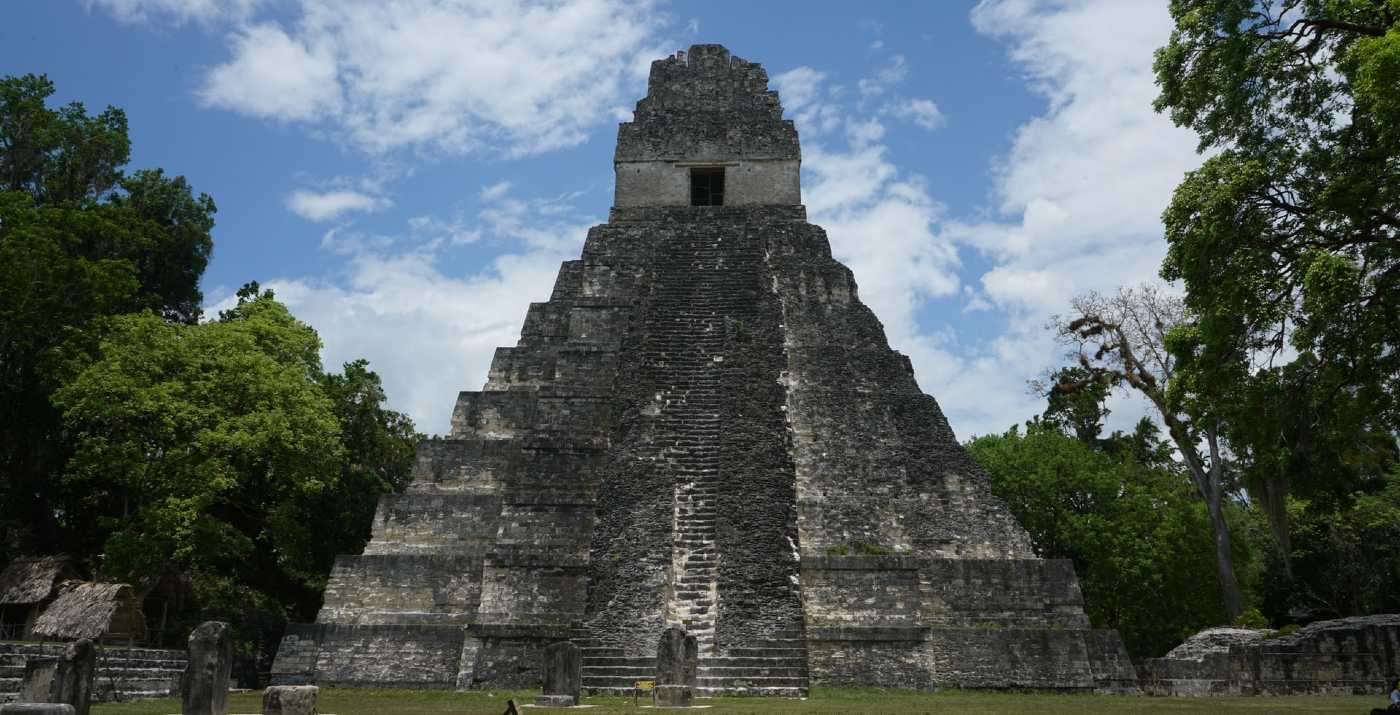Tech Startup Can Now Brew Up Carbon-Negative Rocket Fuel by Capturing CO2 Emissions From the Air
Air Company is using their NASA award-winning carbon conversion technology to turn air pollution into eco-friendly rocket fuel.

Archaeologists working at the site of the ancient Maya city of Tikal in northern Guatemala have found a sophisticated water filtration system that would have proven to be millennia ahead of its time.
Built at the end of a channel from the Corriental reservoir, a critical source of drinking water for the northern Maya, the mixture of zeolite and quartz sand at the mouth of the channel would have removed most contaminants like cyanobacteria and heavy metals and is still used in modern water filters even today.
"What's interesting is this system would still be effective today and the Maya discovered it more than 2,000 years ago," Kenneth Tankersley, associate professor of anthropology from the University of Cincinnati said in a statement.
And speaking of 2,000 years, it would be around 2,000 years from the estimated date of the completion of the filtration system at Tikal that the same materials would begin to be employed in Europe.
"It was probably through very clever empirical observation that the ancient Maya saw this particular material was associated with clean water and made some effort to carry it back," said UC geography professor Nicholas Dunning, who was involved with the research.
Tankersley and Dunning published a research paper together on the discovery. According to the corresponding statement on the university website, water quality and availability would have been a major concern for the flourishing Maya civilization in the 3rd century BC.
Even though Tikal and the Maya who built it centered their cities in a rainforest, the porous limestone soil meant that water never stayed around for long, and in periods of extended drought, standing water like the Corriental reservoir would become contaminated with bacteria.
During rainy seasons, the city, which has been listed as a UNESCO Heritage Site and might have been home to around 60,000 people, was fed by rainwater from four reservoirs, the Corriental being the furthest from the city at a distance of about 18 miles.
While the intuitive "molecular sieve" of quartz sand and zeolite filtered the water at Corriental, the other reservoirs closer to the city lacked this modern filtration system, and it was the resulting contamination combined with a period of climatic change characterized by reduced rainfall that saw the powerful commercial and ceremonial hub of the Northern Maya civilization abandoned during the 9th century.
"The main water sources for the site core of Tikal, especially the Temple and Palace Reservoirs, were seriously compromised as sources of drinking water by the end of the Late Classic period," write Dunning and Tankersley in their paper.
It wasn't only heavy metals and bacteria that were being filtered out by Corriental but mercury, a toxic compound present in a pigment called cinnabar which the Maya used constantly as decoration. The Temple and Palace reservoirs lacked the filtration system necessary to remove the mercury runoff from cinnabar-painted buildings, and soil samples have shown that during the period before abandonment the mercury levels could have been ten times more than the lowest measure of toxicity.
"We don't have absolute proof, but we have strong circumstantial evidence," Dunning said in his statement. "Our explanation makes logical sense."
"The ancient Maya lived in a tropical environment and had to be innovators. This is a remarkable innovation," Tankersley said. "A lot of people look at Native Americans in the Western Hemisphere as not having the same engineering or technological muscle of places like Greece, Rome, India, or China. But when it comes to water management, the Maya were millennia ahead."
SHARE The Big News From Tikal With Your Pals on Social Media…
Be the first to comment